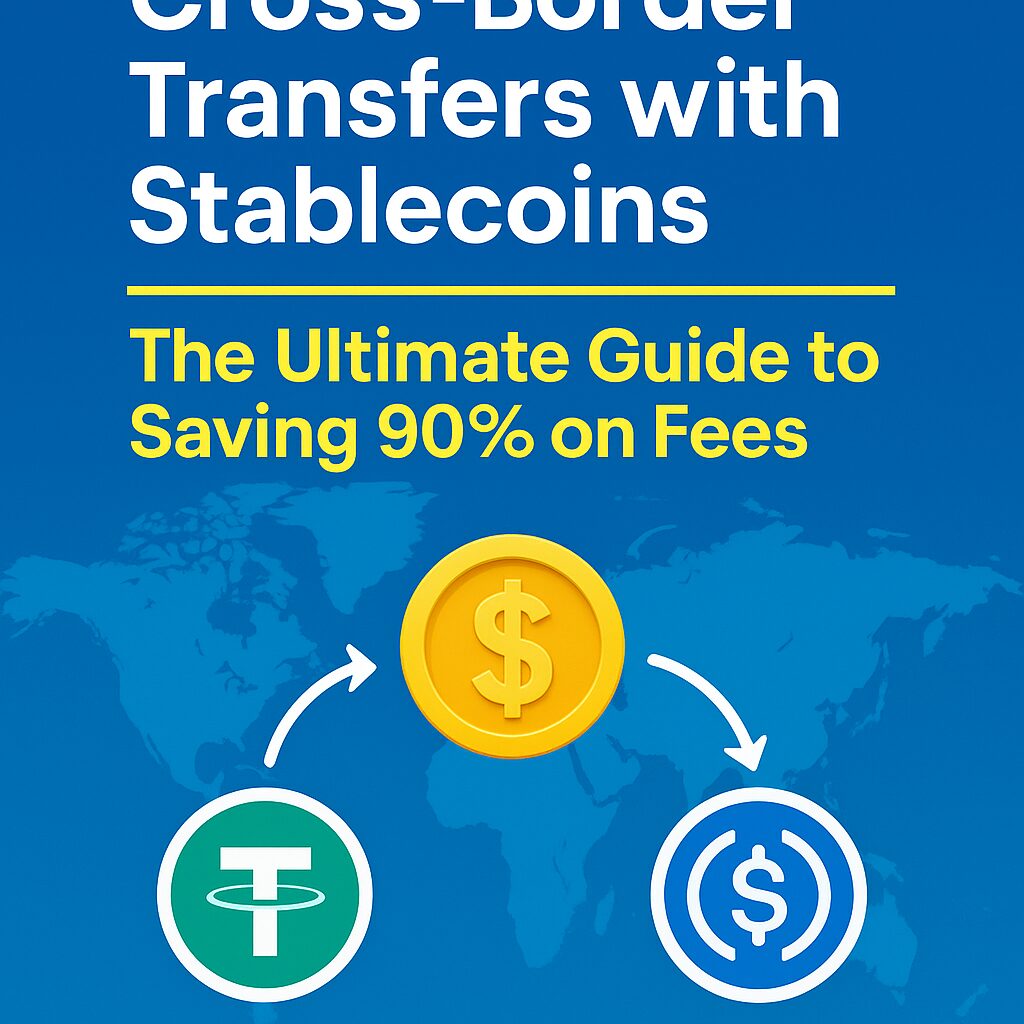In today’s globalized world, more people are working remotely, freelancing, or managing cross-border businesses. They want to earn in strong currencies like the U.S. dollar but spend in their local currency—without going through expensive or restricted banking systems.
Stablecoins make this seamless. They combine the global reach of the dollar with the flexibility of crypto. In this post, we explore how you can earn in dollars using USDC or USDT and spend locally with minimal fees, delays, or friction.
Why Earning in Dollars Is Still the Smart Move
The U.S. dollar remains the world’s dominant currency. Earning in dollars gives you:
- Protection from inflation in unstable local currencies
- Greater global purchasing power
- Easier access to international goods, services, and platforms
- Lower volatility compared to native fiat currencies or crypto assets
Stablecoins like USDC and USDT let you enjoy these benefits without relying on traditional banking systems.
Platforms to Get Paid in Stablecoins
Many global employers and clients now support or even prefer paying in stablecoins. Common platforms and methods include:
- Freelance networks like Upwork, Deel, Toptal, and Talent Protocol
- Remote job boards listing crypto-friendly companies
- Direct invoices with stablecoin wallet addresses
Pro tip: Set your payout preferences to “Crypto” or include a USDC/USDT address directly in invoices.
Receiving Payments Without KYC Delays
To avoid long onboarding processes or restrictions:
- Use non-custodial wallets like MetaMask or Trust Wallet
- For low fees and fast confirmation, choose USDT on Tron (TRC-20) or USDC on Solana
- Share QR codes or short wallet addresses to speed up payments
- Avoid centralized exchanges unless required for legal withdrawal
These options give you full control and near-instant access to your money.
Converting Stablecoins to Local Currency
Once you’ve been paid, you may need to convert some funds into local currency for daily use. Here’s how to do it effectively:
- P2P Exchanges – Binance P2P, OKX P2P, or LocalCryptos
- OTC Brokers – For high-volume or fast settlements
- Crypto-Friendly Neobanks – Revolut, Nuri, or Xapo
- ATM Withdrawal Services – Crypto-to-cash in supported countries
Tips:
- Compare exchange rates and spreads
- Use Telegram OTC groups carefully
- Spend directly in crypto whenever possible
Avoiding Banking Hassles with Crypto Debit Cards
Crypto debit cards allow you to spend stablecoins like local fiat:
- Binance Card
- Crypto.com Visa
- Wirex
- BitPay
No wire transfers, no delays — just swipe and spend.
Real-Life Examples
- Philippines: P2P for PHP via GCash
- Colombia: Use Binance Card to avoid peso volatility
- Thailand: Rent in USDC, monthly local cashout
- Eastern Europe: Freelancers withdraw through Revolut
These are working systems used every day.
Conclusion – The Future Is Dollarized, but Flexible
Stablecoins are changing how people around the world earn and spend. They offer a simple yet powerful solution: hold dollars in a digital wallet, spend them anywhere, and bypass borders and banks.
Whether you’re a freelancer, entrepreneur, or nomad, stablecoins give you the freedom to earn in the world’s strongest currency and live anywhere—with full financial autonomy.









